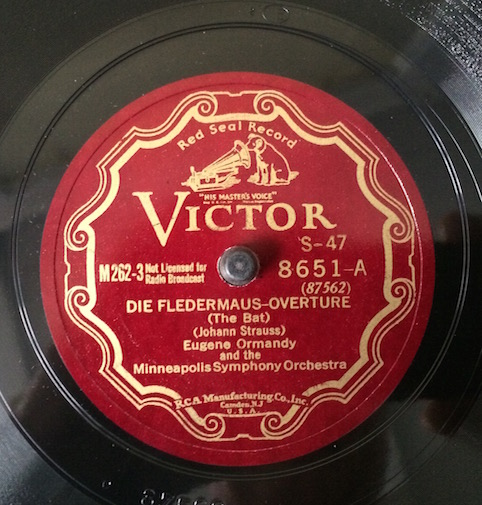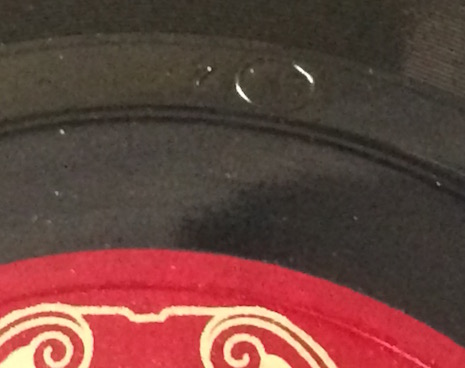I have lived in San Francisco for forty years. Now I’m leaving. Even if a few yet remaining variables render my exact moving date TBA, the simple fact is that by the third week of September 2015 at the very latest I will no longer be a resident of San Francisco. I’m remaining in the Bay Area, however.
This is not some sad tale of having been squeezed out by ballooning housing prices. Far from it. My lovely and spacious two-bedroom house in the Castro district has been an affordable jewel for years. I could stick around and continue benefitting from its feather-light budgetary impact and the trivial commute it imposes. It’s a pure gingerbread Victorian lady, strikingly attractive, and at about 1200 square feet quite large for city living. Yet it is a Victorian, built in about 1903 as a humble workman’s row house. It wasn’t intended to last this long, and it’s feeling its age down to the marrow. Floors sag. Doorways lean. It lacks central heat and is poorly insulated. The electrical system is a hodgepodge and woefully inadequate for modern living. There’s practically no kitchen counter space. Closet space is limited. The minuscule single bathroom was renovated 15 years ago but needs a makeover. Even after extensive sewer repairs, there’s still something a little fishy going on down below. The roof’s OK for now but unlikely to sustain for long. The house throws up a lot of inconveniences, some minor, but some quite substantial.
It’s also a comfortable, sweet, human, and immeasurably dear old house. I have always loved it and I always will. But I’m letting it go. I’m taking on greater expense and, most significantly, a whopping bruiser of a commute that will suck up about three hours a day MWF, and about half that T/Th.
Am I crazy? No.
My state of mind as I anticipate leaving Baghdad-by-the-Bay? Relief. Joy. Happiness.
We once had a registrar at the Conservatory whose sustaining mantra was: We can stand ANYTHING for a year. My version: I can stand anything until September 20. Deliverance could well arrive sooner than that.
San Francisco, a.k.a. America’s Vienna, has been extraordinarily good to me. This marvelous career of mine has been made possible by the people and the musical institutions of San Francisco. I am grateful to this city, to its stellar musical community, and to its generous and supportive audiences, with every fiber of my being. And I’ll continue to work and practice my career here as always.
My dandy new house is more than reason enough to leave. I’m exchanging life in a quirky Victorian for a modern 2300 square-foot Mediterranean on a 6000 square-foot lot, 4 bedrooms, 2 1/2 baths, 3-car garage, central heat and air, two (gas) fireplaces, deck, front and back lawns, and all the modern bells and whistles including first-rate appliances in both kitchen and laundry room. And everything in spit-spot condition to boot. As of Friday, August 21, 2015 it will be absolutely and exclusively mine; my name on the title, my house, my property. That’s a powerful inducement. Brentwood, sunny Delta farm town turned affluent suburb, has won my heart and tugs at me almost as strongly. The irresistible attraction of house and town together make the long commute seem immaterial.
But I’d leave anyway.
For a long time now I have been deeply disenchanted with San Francisco as a place to live. I’m seriously out of sync with the city, despite having spent my entire adult life inside its borders as a resident. When I first arrived, the sheer cool factor of “living in San Francisco” sustained me—although I spent my first decade out in the Sunset District, where glamour is in very short supply. Over the past three decades my stellar living situation, accompanied by warm rapport with my neighbors, has kept me pinned in the Castro district, a neighborhood that I have always found unnerving and nowadays consider barely tolerable, despite my location on an oh-so-charming one-lane street lined with pretty Victorians.
The city’s appalling physical condition upsets, disconcerts, and even revolts me—the filthy sidewalks, the horrendous roads with their endless construction blockages and massive potholes, the ever-increasing numbers of feral street people, out-of-control lunatics, drugged-out vagrants, aggressive panhandlers, and petty criminals. Even the everyday, non-street people of San Francisco bother me: why are so many people so dirty? This is a city of unwashed hair and grubby clothes, of poor-to-nonexistent grooming, of unpleasant body odor and bad breath. It’s almost as though the grime creeping upwards off the sidewalks has attached itself to the inhabitants. Every time I return here after a visit elsewhere I am shocked anew by San Francisco’s prevailing low standards of personal hygiene. Nor is that just my imagination: visiting family members have been disturbed by it as well. Of course there are exceptions galore, but overall, it’s a dirty city filled with dirty people.
Everyday living in San Francisco imposes the death of a thousand cuts. Running errands can become an ordeal. If it isn’t nastiness on the streets and sidewalks, it’s impossible traffic and/or parking conditions. It’s incompetent, careless, aggressive, and appallingly rude drivers. It’s seemingly arbitrary road closures and detours. It’s gritty, crowded, dignity-sapping public transportation. It’s overcrowded stores, casually rude clerks, and the overpricing that accompanies skyrocketing commercial rents. It’s freezing cold winds. It’s bone-chilling rain that’s blown sideways instead of down, making an umbrella well-nigh useless. It’s vampires rummaging noisily (and sometimes messily) through the garbage the night before trash pickup. It’s cigarette butts on the front stoop and burns on the stairs from some street rat the night before. It’s having to double-padlock the little cubby underneath the front stairs so it won’t be used as a stash. It’s having to wear gloves and use tongs to collect crumpled cans or bags or cups or God only knows what, such as the half-eaten, half-cooked chicken leg I found on the driveway just this morning. It’s the stench of rotting human urine or worse. It’s spending an afternoon trying to remove a painted graffiti scrawl on the sidewalk. It’s never leaving the front door open for ventilation without standing guard because some vagrant is likely to walk right up the stairs and panhandle or steal. It’s regretting having a robust Meyer lemon tree in front because of the target it presents to riff-raff and passers-by who beat it with baseball bats or break branches to dislodge fruit. It’s being assaulted day and night by incessant construction noise while trying to avoid the smelly porta-potties on the sidewalk as tech types buy the old Victorian houses on the street and have them gutted. It’s being obliged to ferret out the careless contractor whose pickup truck is blocking the driveway, or having to call towing about some other offender. It’s being rudely awakened at 2:00 AM by a bunch of drunks returning from a night at the bars and continuing the party on their back porch—where the noise is amplified by acoustic reflection off the back of everybody else’s houses. It’s dank gray mornings followed by brief humid middays followed by frigid nights. It’s sirens constantly wailing. It’s obnoxious loud-mouthed people traipsing up and down the street at all hours of the day and night. It’s feeling like a frightened small animal huddling in its cage.
And it’s all for what? To have a cup of overpriced lukewarm “artisan” coffee on Valencia? To sunbathe on the (dog-pee soaked) grass in Dolores Park? To play frisbee on the Marina Green? To walk down Castro Street while being panhandled, jostled, offended, and annoyed by clipboard-bearing zombies with painted-on smiles? To take in the picture-postcard beauties of Alamo Square? Yes, the views are pretty. But considered solely as a park, Alamo Square sucks big time. Ditto Alta Plaza and its ilk. They’re all pretty sucky. The restrooms are closed or filthy or dangerous; the parks tend to be on steep slopes and are thus unsuited for a relaxed stroll; those lovely views come with blasting winds attached. And on the weekends the most popular parks are almost as crowded as a rush-hour subway, and with disturbingly unhygienic people.
Why have I put up with it for so long? San Francisco’s attractions remain the same whether I live in the city or not. For me, it’s mostly the music. Restaurants don’t matter all that much; I’m quite a good cook and, besides, my culinary pleasures run more towards traditional fare. I reserve the more esoteric, trendy stuff for the occasional night out. I find many SF restaurants to be pretentious. Not to mention ear-shatteringly noisy. Not to mention having no parking. Not to mention being stratospherically overpriced. Frankly, I’m just fine with dinner out at Black Angus or BJ’s Roadhouse. Mostly I prefer to eat at home.
When you get right down to it, for me San Francisco means the SF Conservatory, Davies Symphony Hall, and the Fromm Institute at USF—my three teaching venues. The rest is either no big deal—I’m fundamentally a homebody—or easily available in vastly-improved versions elsewhere.
So I leave with a bone-deep and heartfelt sigh of relief. My only regret is that I waited this long—but I had to reach the point at which my dissatisfaction trumped the attraction of my SF housing situation.
I’ll commute in to teach at the SF Conservatory and the Fromm Institute, to lecture at the SF Symphony, to visit. And when I’m finished I’ll leave and return to Brentwood.
After 40 years of being a stranger in a strange land, I’m going home.









